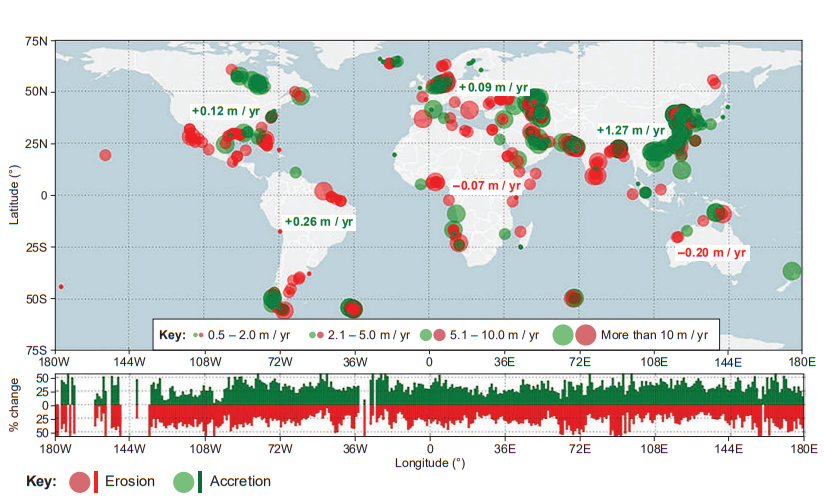Figure 5 shows data relating to coastal flooding in Great Britain. The investigation is trying to determine whether any stretch of the coastline of Great Britain may be more or less susceptible to coastal flooding. The 96 most severe floods have been analysed.
The coastlines have been split into four broad categories: north west, north east, south west and south east.
This is the null hypothesis: there is no significant difference in the location of the worst floods to affect Great Britain.
Below is a partly completed Chi-squared test.
Figure 5
| North west | North east | South west | South east | Total | |
| O | 22 | 16 | 38 | 20 | 96 |
| E | 24 | 24 | 24 | 24 | 96 |
| O −E | −2 | −8 | 14 | −4 | - |
| 4 | 64 | 16 | - | ||
| 0.17 | 8.17 | 0.67 | x2 = |
O – Observed frequencies
E – Expected frequencies
Figure 6
Critical values for Chi-squared with 3 degrees of freedom.
|
Degrees of freedom
|
Significance level 0.05 0.01 |
|
| 3 | 7.82 | 11.34 |
[6]
Did this page help you?

